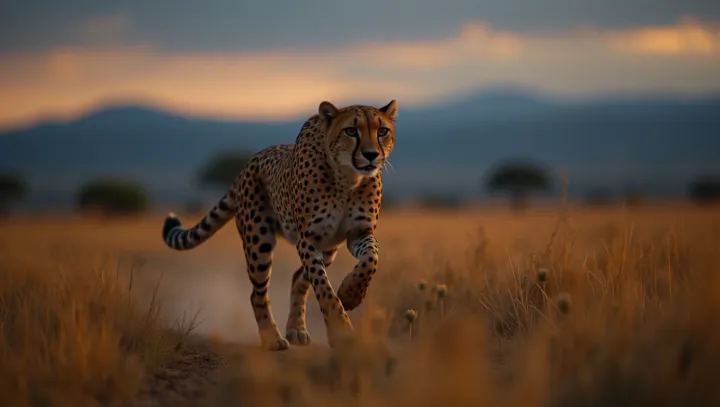Cheetah Versus the Clock: Nature's Sprinters

In the vast savannas of Africa, the cheetah, undisputed speed champion of the animal kingdom, navigates a landscape of challenges. Famous for their breathtaking sprinting abilities, these feline predators have become icons of wildlife documentaries and conservation agendas alike. Reaching speeds of up to 70 miles per hour, cheetahs have developed a specialized physiology that supports their velocity.
Their large nasal passages allow for increased oxygen intake while their lightweight frame and elongated limbs optimize stride length and energy efficiency, researches from the Serengeti National Park have found. Despite their prowess, cheetahs' numbers are plummeting due to habitat loss, human-wildlife conflict, and declining prey availability. With an estimated 7,000 to 10,000 individuals remaining in the wild, primarily spread across African countries, their future is uncertain.
Experts underscore the importance of strategic conservation initiatives, such as protected reserves and wildlife corridors. Dr. Karen Brown, a biologist specializing in feline predators, stresses, 'Without immediate action, we risk losing a species that has graced our Earth for millions of years.' As the narrative of wildlife conservation unfolds, the cheetah stands as both a symbol of nature's delicate balance and a reminder of our critical role in safeguarding biodiversity.
